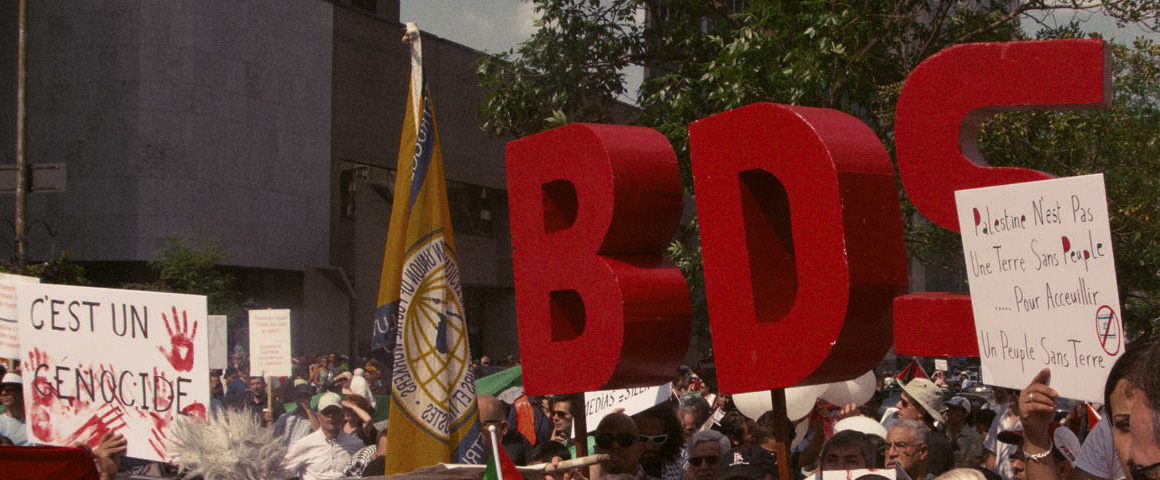The private, for-profit insurance industry controls the health care system in the United States. That fact is at the heart of our high costs and lack of care. The US is the only industrialized country that has not yet moved to a system of universal healthcare. That failure takes a toll on our health, our lives, our economy. The US pays over $9,000 per capita annually for health care yet the median for the countries that make up the Organization of Economic Cooperation and Development is under $4,000.
In the US, we pay more but get less. We rank 19th out of 19 countries in preventing deaths due to causes that were amenable to medical care. The US does poorly in life expectancy — 43rd in rank among the countries of the world. Our infant mortality rate puts us at 38th behind all the other wealthy nations. The US rate for maternal mortality is 14 per 100,000 live births. Canada’s is 7.
In 2009 as the Obama administration prepared the health care reform bill, the Affordable Care Act (ACA), single payer activists organized demonstrations. Thousands protested and held “sit-ins” at insurance companies across the country. Many went to jail. Senator Max Baucus, chair of the Senate Finance Committee, ordered the arrest of single payer activists who attempted to speak. Single payer was banned from the nation’s discussion. There was already a deal in place. Private insurance companies would be assured billions in public money to subsidize the purchase of health care by those who could not afford it. The drug companies would be guaranteed massive profits in return for minor concessions.
Money flowed, mostly from foundations, to support those groups who would stand for health care reform but against single payer. The ACA, basically a Republican plan originating with the right-wing Heritage Foundation, has mandates to force employers and individuals to buy insurance. It was passed by the Democrats with no Republican votes.
Despite passage of the ACA, vast inequalities persist. African Americans are much more likely to be uninsured and to die younger. Undocumented immigrants are banned from purchasing health insurance in the exchanges. Women who work for employers whose workforce is predominately female are still charged higher prices for health coverage. Insurers who sell on the exchanges can charge up to three times the regular premium because of age. The drugs and care crucial to those with AIDS, multiple sclerosis, epilepsy, leukemia, cancer, mental health and a host of other problems can be priced beyond the reach of patients. Discrimination has not ended.
Premiums rise by double digits. Deductibles, the amount the patient must pay each year before the insurer pays, are now in the thousands of dollars. Insurance is no longer a guarantee against bankruptcy. Doctors and hospitals are off limits in the networks set up by the insurers. The insurance company determines what doctor or hospital a patient can use, and can deny care if it disagrees with the physician.
In December 2015 the Kaiser Tracking Poll reported that 46% of the population views the ACA as unfavourable while 40% view it favourably. That is not all attributable to the crazed campaign of misinformation perpetrated by the right. The very real problems that were not solved by the law plague us with differing impacts on various strata, but leaving no one truly protected.
While it is true that the ACA expanded coverage to include an additional 18 million people, we are still left with 30 million uninsured. That fact alone causes 30,000 unnecessary deaths per year. Further, because costs of premiums, deductibles, and co-pays have shifted the burden to patients, 25% of those who have insurance either delay or forgo care because of cost. That figure goes up to 46% for those with low incomes.
In 2003 the Physicians for a National Health Program published their proposal for national single payer health care in the Journal of the American Medical Association. It was signed by 8,000 physicians. That same year the proposal was introduced as legislation into the House of Representatives by Rep. John Conyers, Jr., Democrat from Michigan. He has reintroduced that bill, HR 676, into the House every two years since. Subtitled “Expanded and Improved Medicare for All,” it has 62 out of 435 representatives signed on as cosponsors.
The bill guarantees coverage for everyone through a publicly funded single payer system. All necessary medical care would be covered including physicians, hospitals, therapies, dental, eyeglasses, hearing aids, mental health, drugs, and long term care with no co-pays, no premiums, no deductibles. It would remove the barriers to care, ban for-profit insurance companies, hospitals and nursing homes, and use the system’s buying power to force down drug prices.
HR 676 has been endorsed by 624 union organizations, including 44 State AFL-CIO federations, 157 Central Labour Councils, and many national unions, locals and district labour organizations. As a result of this grassroots effort, the national AFL-CIO endorsed HR 676 in 2009.
The single payer movement works to win support from cities, counties, state legislatures and other political bodies. The Houses of Representatives in Kentucky, New York, New Hampshire, and Maine endorsed HR 676. So did the city councils of Philadelphia, Baltimore, Indianapolis, Tuskegee, Louisville and many more.
There are single payer organizations in at least 43 states, educating, making public presentations, speaking on radio and TV, and protesting. Each year in July, celebrations of the anniversary of Medicare held in scores of cities demand to improve it and expand it to everyone. Recently 170 medical students from 50 schools met in Nashville to promote single payer and to build their organization, Students for a National Health Program.
The single payer movement rests on majority opinion that all people should get the care they need, and that the responsibility rests with the government to assure that happens. The December 2015 Kaiser poll showed that 58% want a Medicare for All — an expansion of the country’s single payer program for the elderly to everyone. Over 81% of Democrats agree with this. So do 60% of independents and even 30% of Republicans. The single payer movement seeks to turn popular will into political reality.
Democratic Presidential candidate Senator Bernie Sanders’ support for national single payer health care has given the issue new media prominence. When Sanders speaks of single payer, the crowds roar their approval. The issue will not go away. The average annual cost for family employer-based health insurance is over $17,500. The worker must pay $5,000 of that; about $100 is deducted from the paycheck each week before he or she ever sees it. That just covers the premium — thousands more must be paid if anyone in the family really gets sick.
Marcia Angell, MD, former editor of the New England Journal of Medicine, says that under the current market-based system, the US cannot simultaneously improve care and lower costs. Improving care costs more. Cutting costs cuts care. To change those dynamics, we must remove the cause of the problem — the profit-based insurance companies. That will allow us to apply the savings to extending care to everyone and improving it for all.



